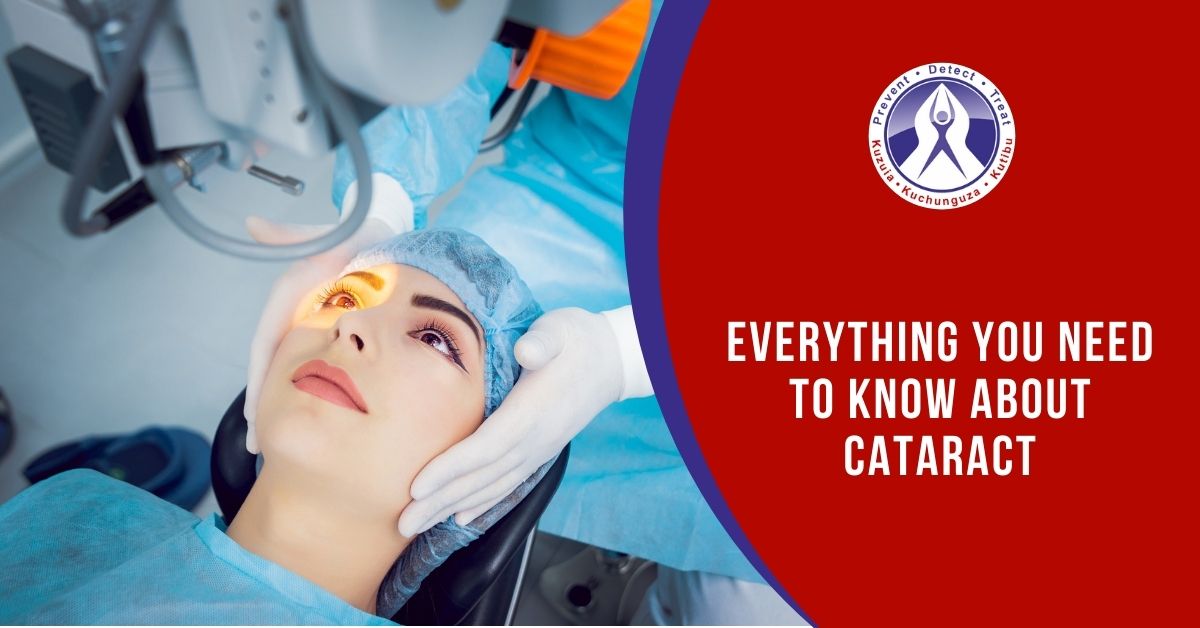EVERYTHING YOU NEED TO KNOW ABOUT CATARACT! – OPHTHALMOLOGY
1,169 viewsFact says that we perceive up to 80% of all our perceptions by our sight. The eyes are termed as, by far the most important sensory organ. But ever wondered who specializes in taking care of them!? An ophthalmologist is a medical or osteopathic doctor who diagnoses and treats all kinds of vision impairments. The medical branch which covers a panoramic view of all vision and eye-related conditions is known as ophthalmology. You might have heard about cataracts, corneal conditions, optic nerve problems, abnormal eye movements, double vision etc. Thus, an ophthalmologist is the one who treats these kinds of vision disorders
Scope and course of an ophthalmologist’s operations:
- Comprehensive eye test that will assess the present status of the vision.
- Test the responsiveness of pupils towards light, alignment and ensure if muscle movement is proper.
- In case, there is not much of an issue with the eye or just a temporary condition, they prescribe appropriate glasses or an eye drop.
- On the other hand, if they detect any early signs of chronic eye infections or disorders like cataracts or glaucoma, they go forward with complex procedures like surgery.
When it comes to surgery, it is the most crucial part of any ophthalmological treatment. Let us look at some generic classification of surgeries performed by an opthalmologist:
- Retinal Surgeries: When the retina is displaced due to wear and tear and leaking fluid from your eyes, a retinal surgery is performed.
- Corneal Surgeries: The cornea is a thin, transparent membrane that sits in front of the iris and pupil of the eye. Corneal surgery is undergone to treat any damage to this membrane.
- Refractive Surgeries: An eye surgery used to improve the refractive state of the eye and decrease or eliminate dependency on glasses or contact lenses.
- Glaucoma Surgeries: There are again multiple types of surgeries to treat Glaucoma, a condition where the pressure inside the eye builds up because the fluid inside the eye isn’t able to drain out the way it is supposed to.
With this, we cover the periphery of ophthalmology. But now, let us boil this down to something more specific!
DID YOU KNOW– Cataract is the biggest cause of vision loss in the world! Studies suggest that vision blindness, above the age of 40, is mainly due to cataracts and this disorder accounts for more cases in total than glaucoma. Surprising, right!? It is important that we apprentice ourselves so as to mitigate danger to the vision.
WHAT IS A CATARACT?
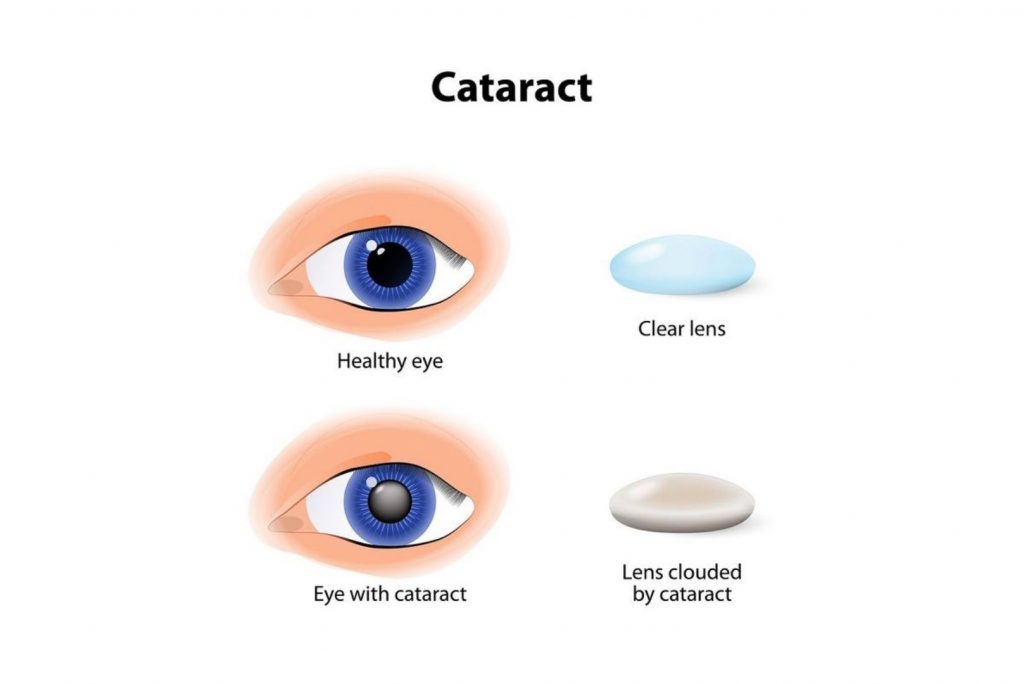
A cataract is a condition or a vision impairment where a normally clear lens becomes cloudy and blurs out the vision. Cataract, in its initial stages, might not affect the sight but if not treated, can lead to blindness. Some examples of cloudy vision could be: difficulty while driving or reading a text, not being able to make out expressions of the other person, etc. Now that we know enough about the meaning of cataracts, let us explore more about it.
WHAT CAUSES CATARACTS?
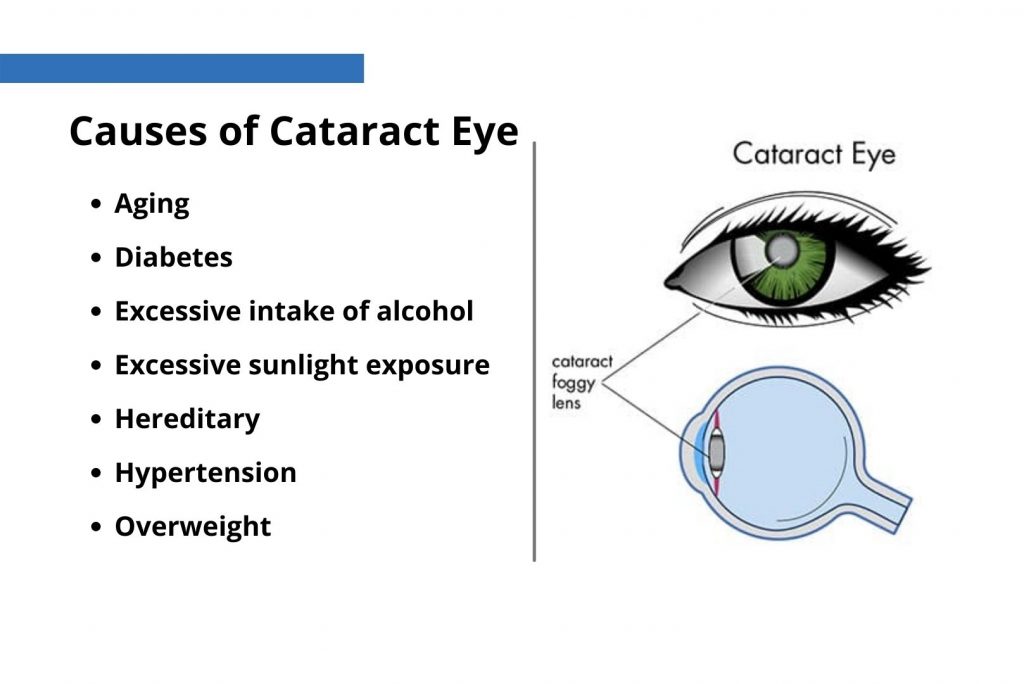
With aging, the eye lenses become less flexible, less transparent, and thicker. As a result of this, tissues within the lenses break down and clump together forming cloudy patches on the lens. With time, clouding grows and covers a large area over the lens, which obstructs the light from entering and projecting shape images on the retina. Thus blurring your vision.
It seems that age is not the only factor causing cataracts. It is a quite common problem even in younger people. The cause determined is excess protein build-up in the lenses affecting penetration of light through the lens causing cloudy sight. Cataract also has several types and surgery goes according to the specific type. Let us have a look at that:
WHAT ARE THE TYPES OF CATARACTS?
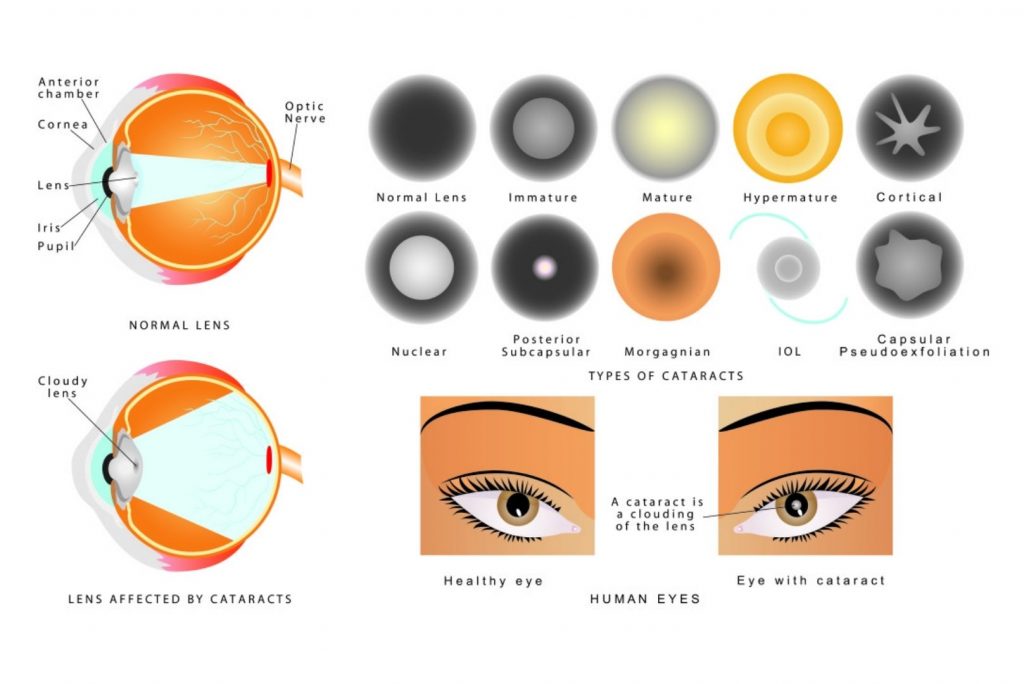
- Nuclear Cataract– Most frequently occurring of them all. At first, it might cause near-sightedness or vision improvement but gradually lenses turn yellow and vision starts impairing. If not treated properly, it can lead to difficulty in distinguishing between shades of color.
- Cortical Cataracts– Begins with whitish, wedge-shaped opacities or streaks on the outer edge of the lens cortex, and later on the streaks extend to the center, blocking the light.
- Posterior Subcapsular Cataracts– These types of cataracts progress faster than the others. It starts as a small opaque area near the back of the lens restricting the path of light. Within no time it expands its area impacting your reading vision, vision in bright light and even causes glare or halos around lights.
- Congenital Cataracts– These generally are observed among children or people during their early teenage years. A congenital cataract is usually the result of genetic inheritance, an intrauterine infection or trauma. No critical surgery is needed till the time the cataract isn’t blocking the vision or restricting the path of light, but once it starts growing then an immediate removal is necessary.
RED SIGNALS YOU NEED TO IDENTIFY
It is very important to detect cataracts before the damage is too much to handle. Some of these symptoms are:
- Clouded or unclear vision.
- Increases sensitivity towards light and glare.
- Need sharp light while reading or other activities.
- Frequent changes in your eyeglasses and lenses.
- Dual vision in a single eye.
- Fading or difficulty in distinguishing between colours.
- Seeing “halos” around lights.
MINIMAL INVASIVE CATARACT SURGERY AT REGENCY MEDICAL CENTRE LTD., DAR ES SALAAM
Minimal Invasive Cataract Surgery (MICS) or Suture-less Cataract Surgery is a procedure carried out in all types of cataracts. Through this procedure, one can permanently get rid of glasses and recover quickly post-surgery thanks to 1.8 to 2.2mm micro-incision. The smaller size of the incision is an added advantage to the elderly, diabetics patients, and those with other co-morbidities. This procedure is compatible with most of the premium available intraocular lenses (IOL), which are placed inside the eye after the removal of the cataract. The Opthalmology department at Regency Medical Centre Ltd. is equipped with advanced machines and technology enabling doctors to perform these procedures efficiently.
PROCEDURE FOLLOWED DURING CATARACT SURGERY!
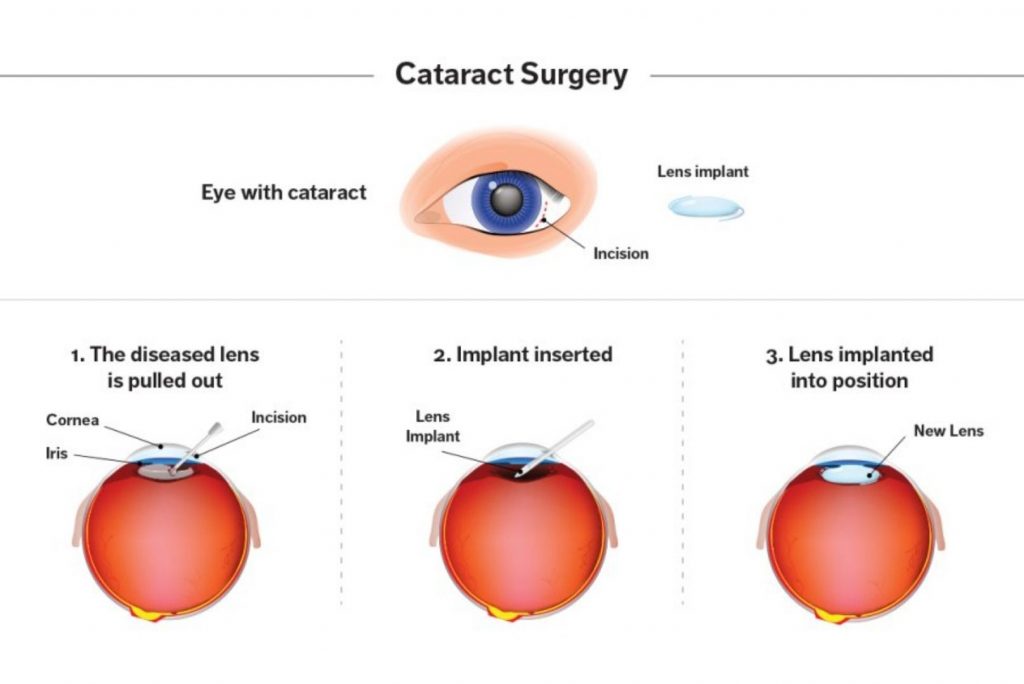
Ophthalmologist removes the faulted, cloudy lens and replaces it with a new artificial lens. An intraocular lens is an artificial lens that is as good as your original. It stays on permanent in place of the closed, blurred lens. Cataract surgery is generally done on an outpatient basis and holds a safe procedure. However, there still stands chances of bleeding and infection thus needs proper precautions as prescribed.
IN THE END
A cataract is not a deadly disorder but it can definitely hamper your most important sensory organ- The eyes. Neglecting the signs of an unhealthy and faulty vision calls for an immediate consultation with an ophthalmologist. Though ‘prevention is better than cure but if a cure is the only available option then it is better to respond to it.
At RMC, we are more than glad to help you make your vision better. Our team is here to book an appointment with the best ophthalmologist. For inquiries, click!

